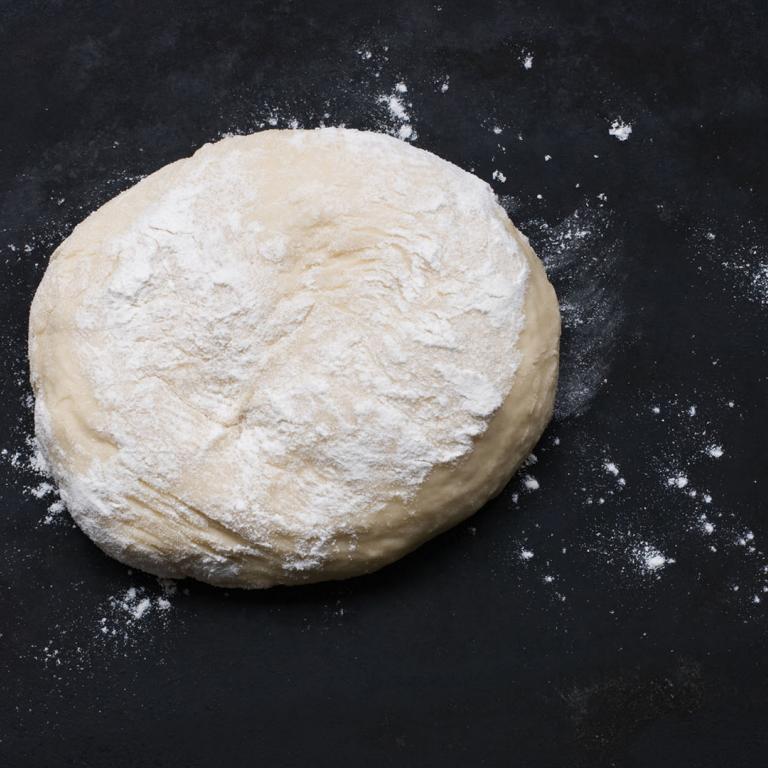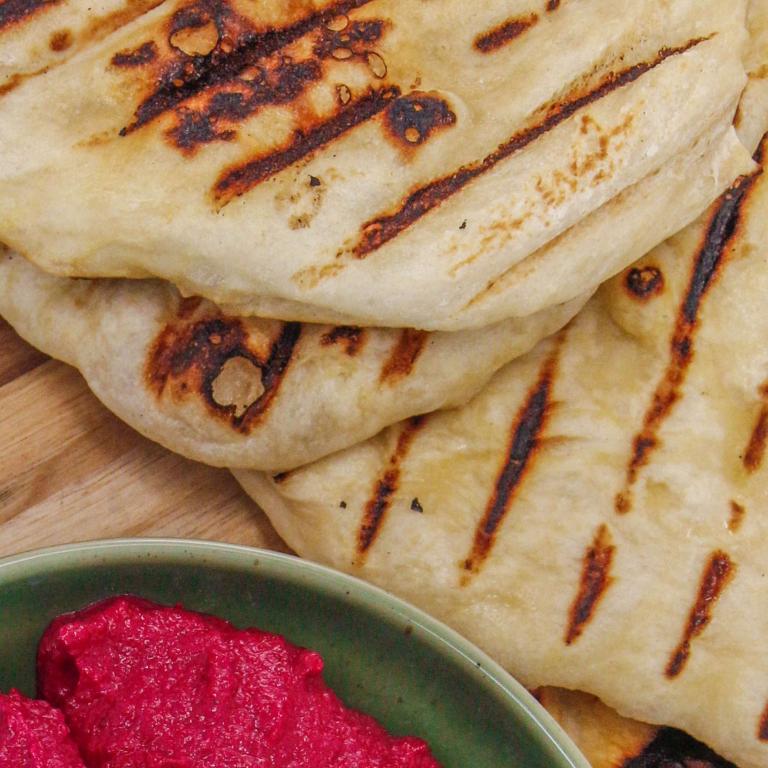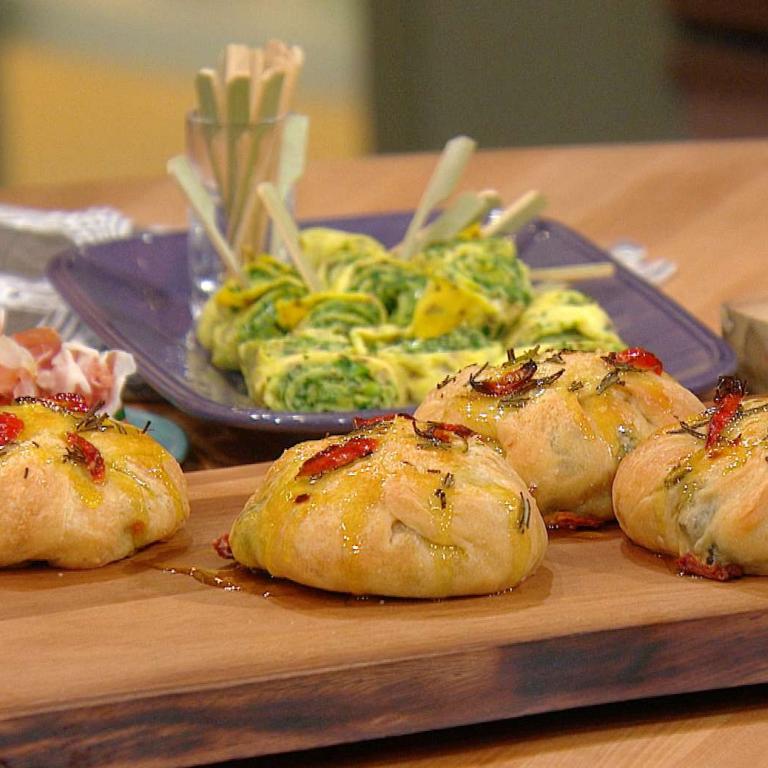
Maybe you were an avid baker before the novel coronavirus outbreak, or perhaps the current social distancing and stay home restrictions have inspired you to take up the hobby for the very first time.
Whatever the reason, we fully support the latest trend of baking your own bread at home. And, since stores everywhere are reportedly running out of yeast, we're here to help.
MORE: No Yeast? You Can Still Make Pizza From Scratch!
One of Rach's culinary staff members, Janette Zepeda, is sharing how to make your own yeast at home using a surprising ingredient: raisins!
While Janette says that there are several ways to make your own starter for baking bread, this is the way she was taught in culinary school.
"My husband and I both lived in the Bay Area for about five years, and raisin starter was a big trend," she says.
It's an eight-day process, but it can actually be quite exciting, Janette assures us. (It's the little things! ?) And, of course, you end up with a satisfying (edible!) payout at the end. Plus, the whole point is that we all have newfound free time, so you might as well use it to learn a useful new skill, right?
How To Make Starter
Day 1
To begin, here's what you will need:
- 1 ¼ cups spring water or filtered water ("Not tap water, because the chlorine will kill the living bacteria you need to make the starter," Janette says.)
- 1 tablespoon sugar
- 100 grams (a little over ½ a cup) chopped or whole raisins
- One quart-sized glass jar
- Plastic wrap, to cover
Add the water, sugar and raisins to the jar. Cover the jar with plastic wrap, or use a rubber band to keep a coffee filter in place, and leave out at room temperature. Then, you just wait seven days. Trust the process — you don't need to mix, Janette continues.
On day seven, you should see small bubbles and smell a fruity, alcoholic aroma.
On day eight, you'll see larger bubbles and the smell will be stronger. Once this happens, strain the raisin water, discarding the raisins.
Day 8
Here's what you will need:
- ⅔ cup raisin water
- 1 cup all-purpose flour
- 1 ¼ teaspoons sugar
To your raisin water, add the flour and sugar. Keep in a warm place until it rises — it should double in size — then place in the refrigerator.
"Now, here is the exciting part!" Janette says. You have to keep a starter going — also known as feeding the starter — by following the directions below.
Keep in mind that while you can feed your starter every day, if you are more of a casual baker, once a week is your best bet, according to Janette.
Every time you feed your starter, you want to take it out of the fridge until it's at room temperature. You should also always feed it equal parts flour and water.
How To Feed Your Starter
- Take out and discard ¼ cup from your room temperature starter
- To the remaining starter, add ⅔ cup lukewarm water and ⅔ cup all-purpose flour
- Mix well
- Let sit at room temperature until the starter bubbles, then place back in the refrigerator for another week
How To Prep Your Starter For Baking Bread
When you're ready to bake, bring your starter out of the fridge, discard ¼ cup, add water and flour and mix. You'll want to do this every time before you bake, even if you've already fed your starter that week.
Leave it out for 8-12 hours at room temperature until it doubles in size.
"This is usually a good indication that your starter is ready and strong enough to make some delicious bread," Janette says.





